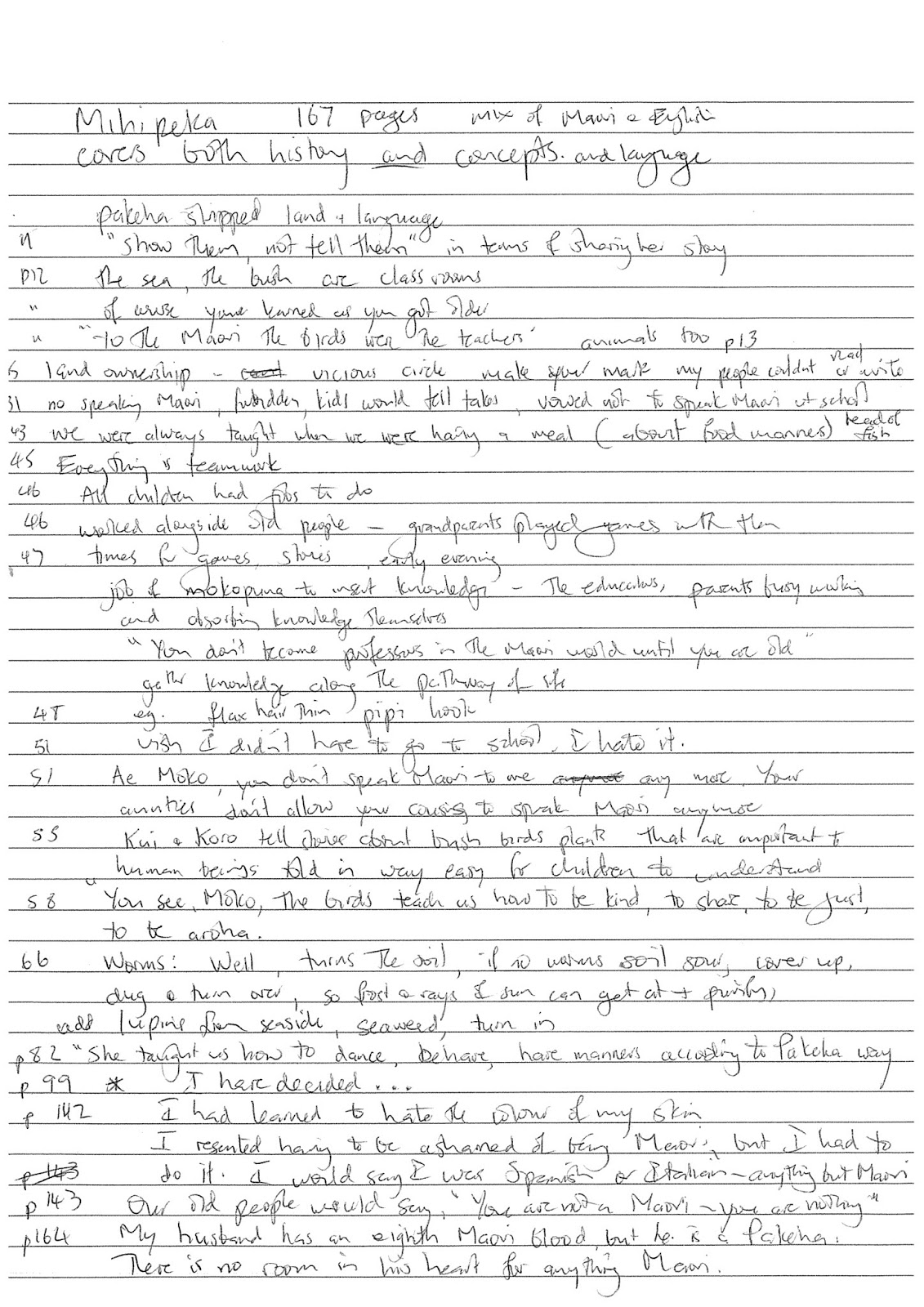1 An alternative

Psst! The above is NOT literacy and numeracy That every teacher automatically embeds literacy in their classroom is a great idea. That ought to be the norm. The notion of embedding should be universally embedded! Therefore, I welcome the opportunity to engage in a course designed to achieve that outcome. I'm willing to put in the time, effort and energy. I'm more than ready to reflect on my teaching so as to improve my performance in that direction. Additionally, I feel is useful to look at adult education from different cultural slants. (After all, as Goethe once said, you need to understand another culture before you can know your own.) And so, since we live in Aotearoa New Zealand, it makes eminent sense to consider the Maori perspective as well as the European. It also makes sense to examine the past. We need to determine how we started out, and how we proceeded, before making a stab at the best future trajectory from this point on. It makes good sense, ...

